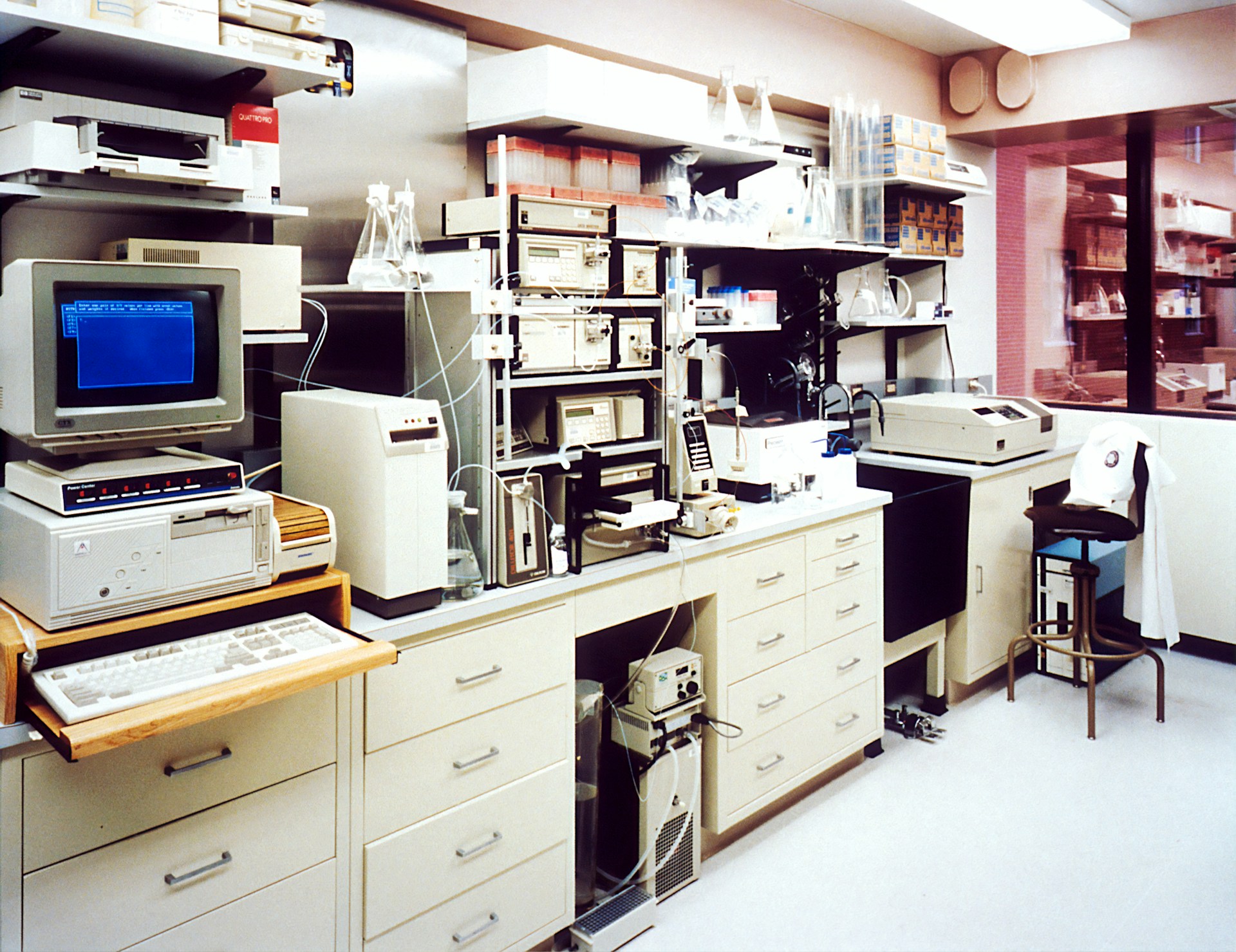Streamlining Operations and Enhancing Patient Safety
In the expansive healthcare space, technological advancements play a pivotal role in improving patient outcomes and operational efficiency. One such innovation, Real-Time Location Systems (RTLS), has emerged as a significant change, offering invaluable benefits to medical facilities. RTLS technology utilizes various tracking methods, such as Radio Frequency Identification (RFID), Wi-Fi, or Bluetooth Low Energy (BLE), to accurately locate and monitor assets, personnel, and patients within a healthcare environment. However, the true potential of RTLS lies in its seamless interoperability, enabling healthcare providers to leverage its full capabilities and integrate it with other critical systems for a comprehensive and cohesive approach to patient care.
Optimizing Resource Allocation and Patient Monitoring
RTLS technology allows for precise tracking and monitoring of assets and patients within a healthcare facility. Consequently, this empowers healthcare professionals to streamline workflows, optimize resource allocation, and enhance patient safety. By tracking medical equipment in real-time, staff can quickly locate necessary devices, minimizing delays and improving responsiveness during emergencies and times of great demand. Furthermore, RTLS can be utilized to monitor the movement of patients, ensuring their safety, and facilitating efficient care delivery. By leveraging RTLS data, healthcare providers can proactively identify potential risks and work to mitigate these risks.
Seamless Integration for Comprehensive Patient Care
RTLS interoperability facilitates data integration and communication across various hospital systems. By seamlessly integrating with Electronic Health Records (EHRs), nurse call systems, and building automation systems, RTLS becomes a powerful tool for comprehensive patient care. This integration enables healthcare providers to access critical patient information promptly, leading to more informed decision-making, and that leads to tailored treatment plans and exceptional patient care. Additionally, RTLS data can be integrated with building automation systems, allowing for efficient management of environmental factors, such as temperature – making sure that critical medications are at the right temperature.
Optimizing Patient Flow and Enhancing Safety
RTLS interoperability plays a crucial role in enhancing patient flow and reducing wait times. Through real-time tracking of patients, staff can identify bottlenecks and implement efficient routing strategies, thereby minimizing unnecessary delays and improving overall patient satisfaction. By optimizing patient flow, healthcare facilities can maximize resource utilization, reduce overcrowding, and provide a more streamlined experience for patients. Additionally, interoperable RTLS systems can assist in monitoring hand hygiene compliance, mitigating the risk of hospital-acquired infections, and promoting a safer healthcare environment for both patients and staff.
Fostering Collaboration and Standardization
As the demand for quality healthcare services continues to grow, the adoption of interoperable RTLS solutions becomes increasingly vital. By fostering collaboration between healthcare providers, technology vendors, and regulatory bodies, protocols can be established, paving the way for seamless integration and data exchange. This collaborative approach ensures that RTLS systems can seamlessly communicate and share data with other critical healthcare systems, enabling a holistic and integrated approach to patient care.
The Path to Exceptional Healthcare
Healthcare RTLS interoperability represents a transformative step towards providing comprehensive, efficient, and patient-centric care. By embracing this technology and fostering an environment of constructive collaboration, Healthcare facilities can unlock the full potential of RTLS, ultimately leading to improved patient outcomes, enhanced operational efficiency, and a higher standard of care. As the healthcare industry continues to evolve, the adoption of interoperable RTLS solutions will become increasingly crucial in meeting the growing demands and ensuring the delivery of exceptional healthcare services.

